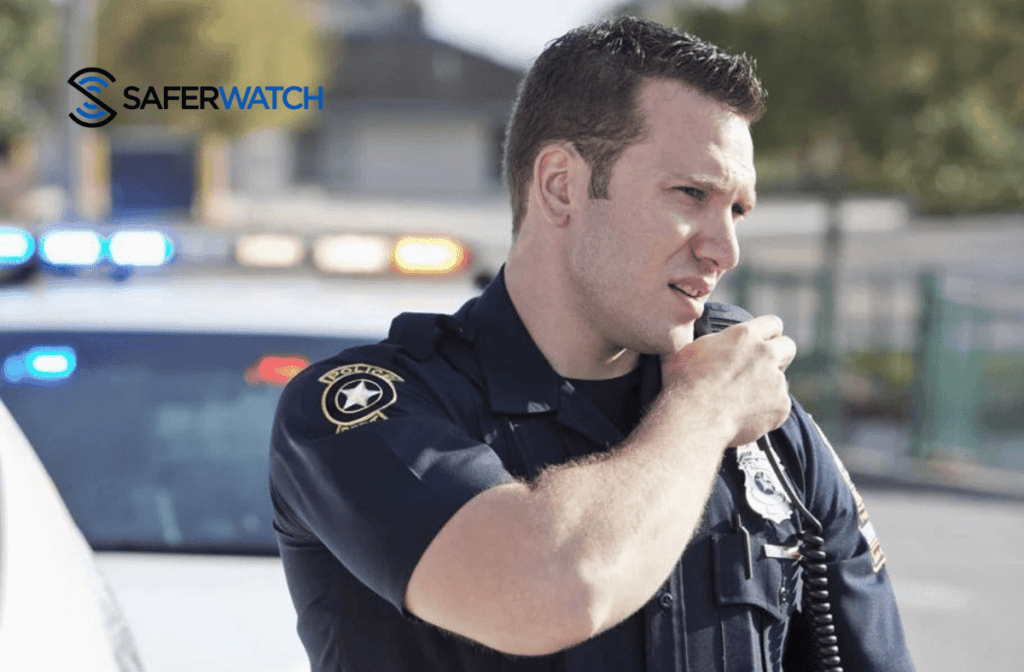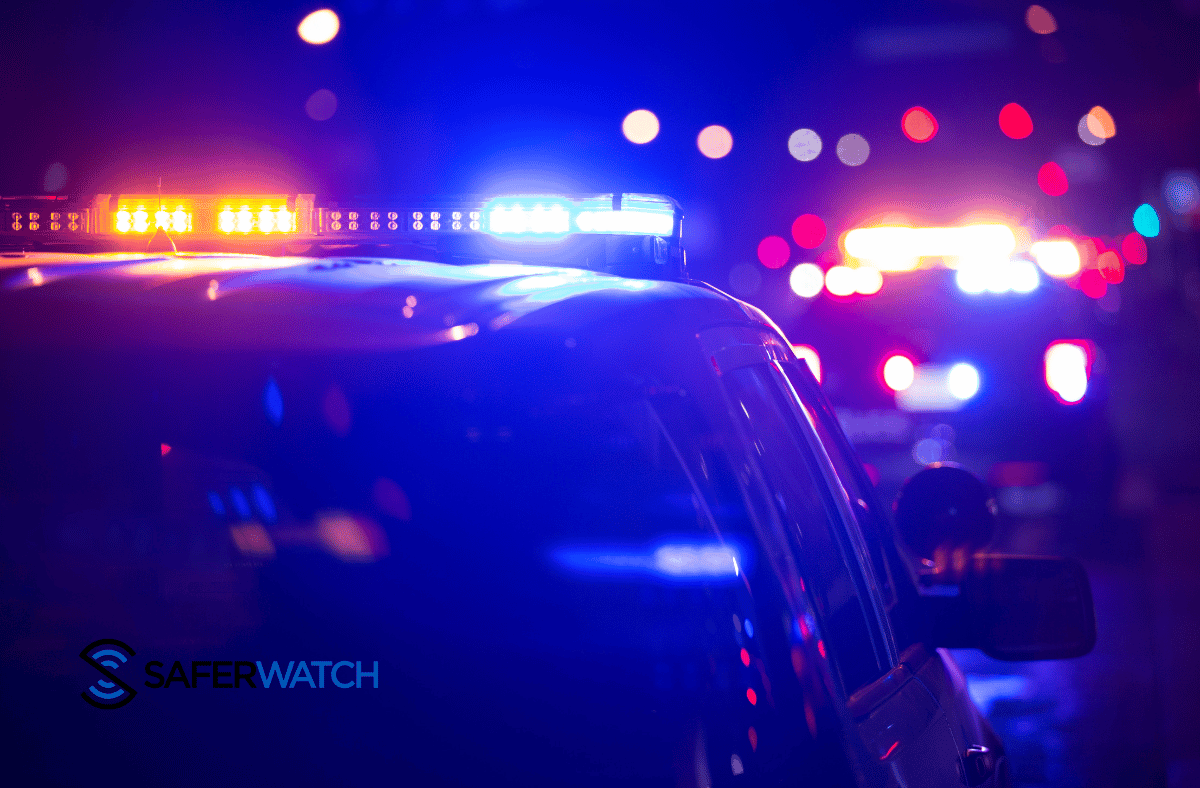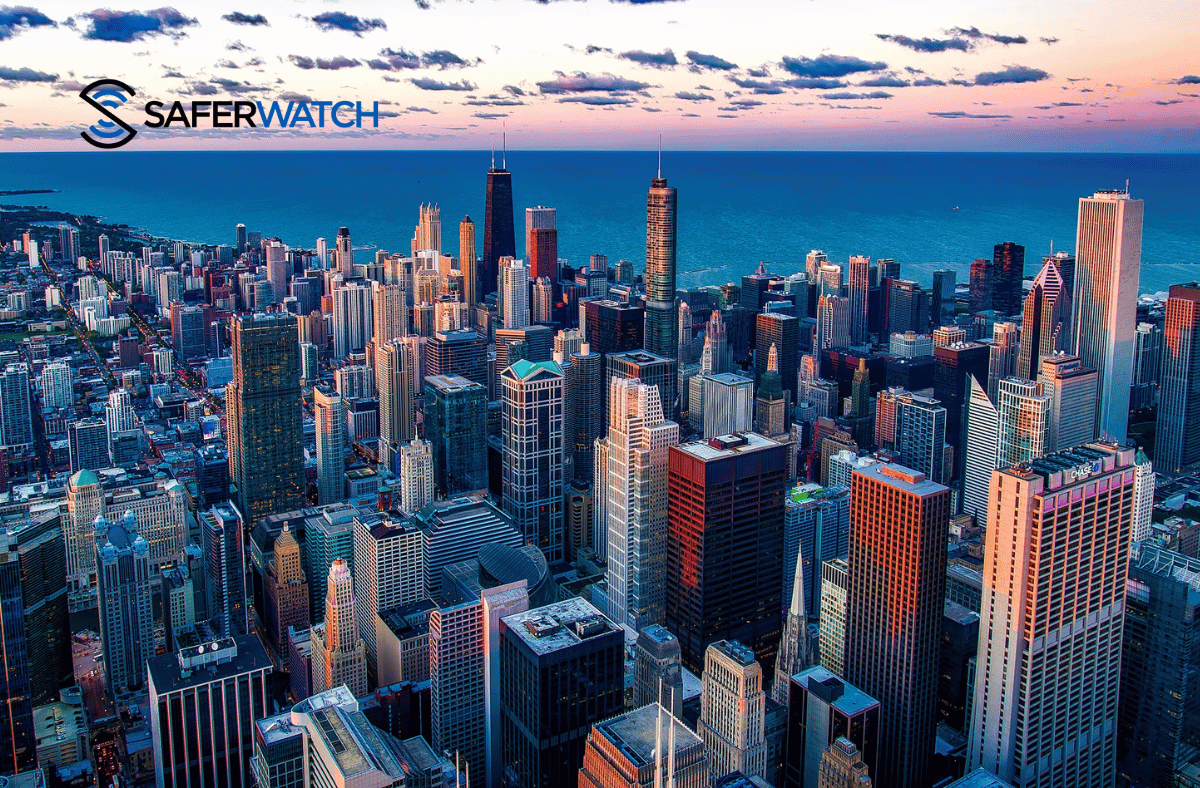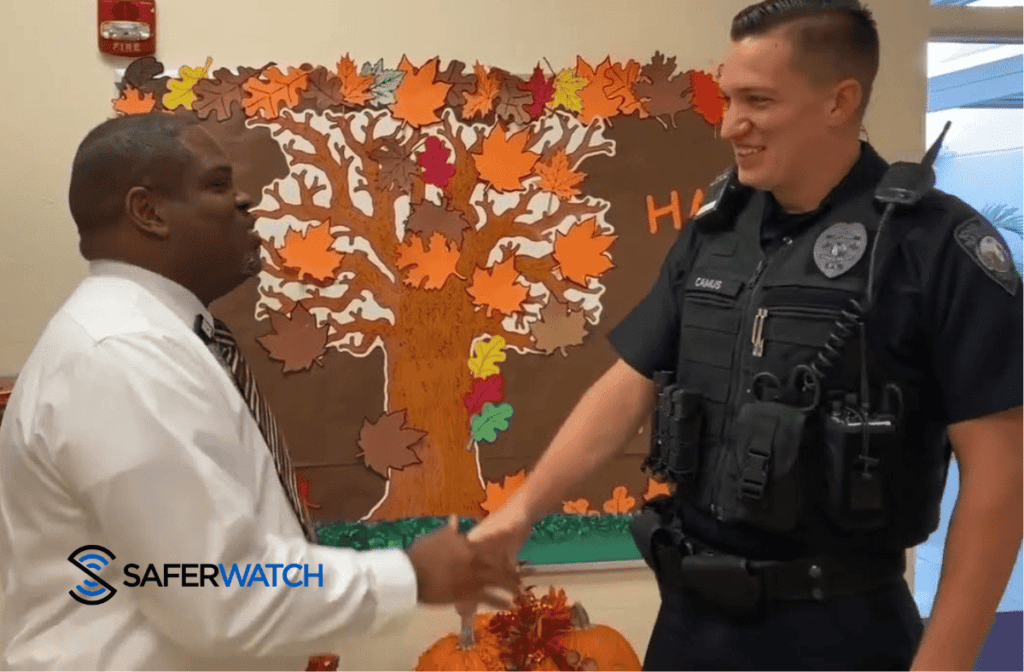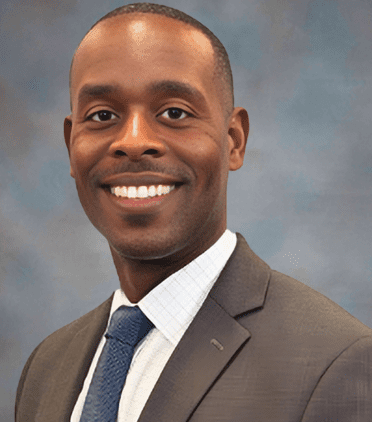Counting the Seconds: Uncovering Average Police Response Time in 2023
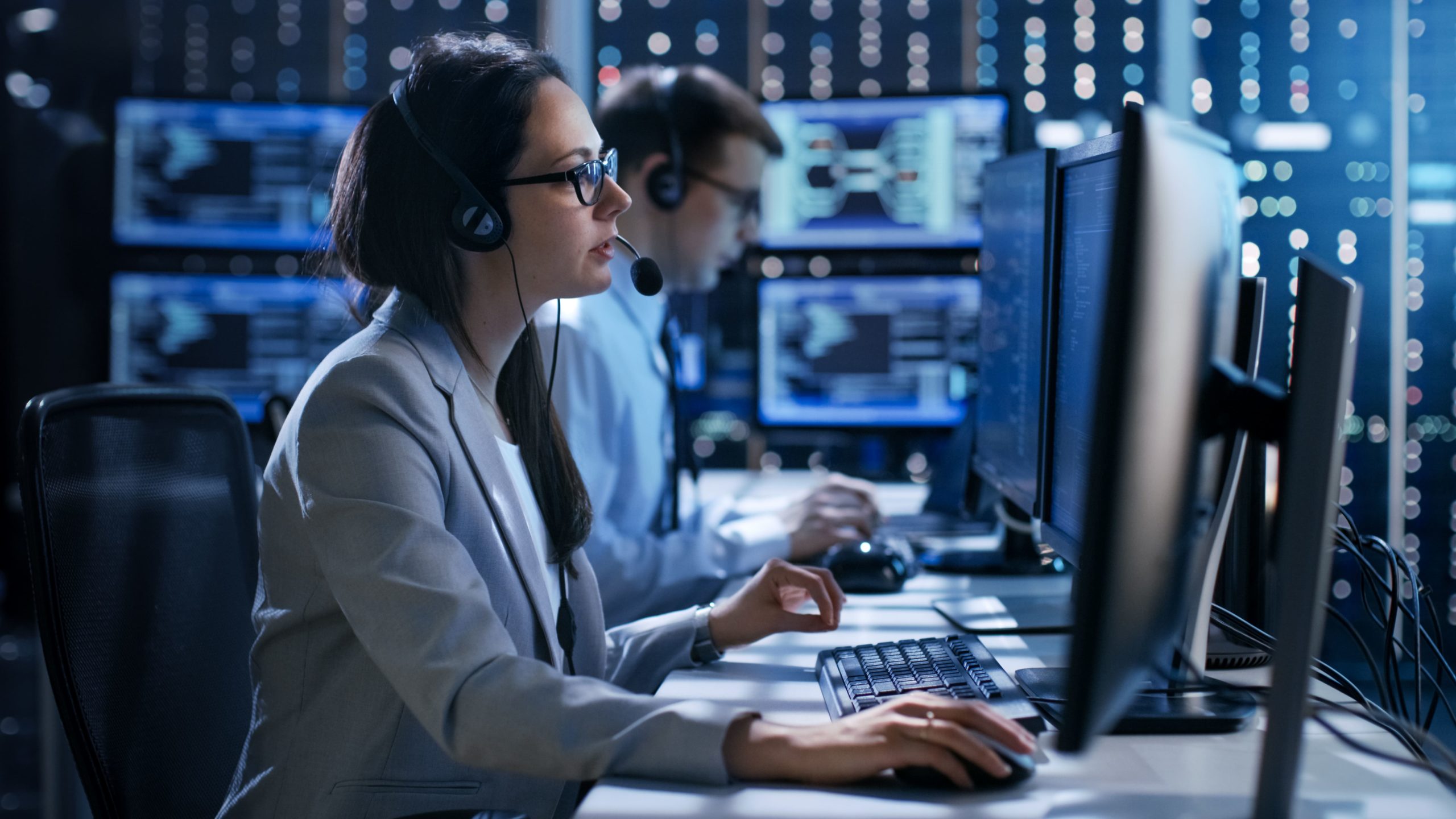
This post was published on May 29, 2022 and updated on July 31, 2023.
Every year, around 240 million people call 911. That’s a lot of calls. But when you’re in the middle of an emergency, it’s difficult to wait.
Let’s take a look at police dispatch, how it works, and what we can do to help them understand what our emergency is.
In a fast-paced world, the significance of timely police response to emergencies cannot be overstated. It can mean the difference between life and death, success and failure in apprehending criminals, and the overall safety of our communities. But what factors contribute to the average police response time, and how can we work together to improve it?
In this engaging discussion, we will explore the current state of police response times in 2023, taking into account factors such as workforce shortages, civil unrest, and active shooter situations. We will compare response times in various cities, highlighting top-performing cities and those struggling with longer response times.
Furthermore, we will delve into the factors that influence police response times, with a special focus on the average police response time 2020, and discuss strategies for improvement. As well as new technology including incident management apps, mass notification systems, mobile panic alert systems, and threat reporting apps that aid the police in their mission to keep us all safe.
Quick Summary
- This analysis examines the factors that impact police response time in 2023, with a focus on improving efficiency and public safety.
- Strategies such as community policing, training and preparedness, resource allocation, technology utilization and data-driven approaches can be employed to optimize police response times.
- Citizens can help improve law enforcement operations by providing accurate information sharing & engaging in community involvement & awareness initiatives as well as adopting new law enforcement reporting technology.
- Chicago has the fastest response time at 3.46 minutes, while Los Angeles has the slowest response time at 20 minutes.
Response Times among Major US Cities
It’s interesting to look at the response time of law enforcement between cities. Obviously, there is a lot that goes into why they are so different (traffic, size of police departments, etc.).
A closer look at average police response times in various cities reveals a diverse landscape, with some cities excelling in their response times while others struggle to keep up. Factors such as traffic, the size of police departments, and other considerations can affect police response times in various cities.
To better understand the factors contributing to differing response times, we will examine top-performing cities and those facing challenges with longer response times. By analyzing these cities, we can identify the best practices and areas for improvement that can be applied across the country to enhance response times and overall public safety.
Here are ten major US cities and their average response time, ranked best to worst:
- Chicago: 3.46 minutes
- Los Angeles: 5.7 minutes
- Seattle: 7 minutes
- Dallas: 8 minutes
- Miami: 8 minutes
- New York City: 9.1 minutes
- Atlanta: 9.5 minutes
- Houston: 10 minutes
- Detroit: 12 minutes
- Denver: 13 minutes
The average response time for a 911 call is typically 5-6 minutes for level one emergencies, however it can take longer depending on the situation.
What Happens After You Call 911?
When you dial 911, your call is sent to the closest dispatch center to give you the fastest response time. When you dial from a landline, that’s easy; it knows your location immediately. But how does that work from a cell phone? Well, the center of your call is determined by which cellular tower is transmitting the signal. Your call is directed to the dispatch center closest to that tower in the form of Automatic Name and Location Information (ANI/ALI).
Once your call is answered, the dispatcher will try to cover some basic questions like: What is your emergency? Where are you? When did this happen? Answering these questions helps them to know how fast they need to get someone to the scene and who should be sent (fire department, ambulance, police, etc.).
If you have a lot of questions to answer, it’s important to remember that this is not delaying help arriving: someone is being alerted of the emergency right away, and the dispatcher is simply trying to get more information to prepare them for what they’ll see. They’re using a powerful law enforcement software to help prepare first responders for your situation.
How are 911 Calls Prioritized?
In 2017, the average wait time for law enforcement was eleven minutes. Those eleven minutes can seem like a lifetime when you’re in the middle of a situation, but response time is based on four key things:
- The priority of your emergency (high, low, or somewhere in the middle)
- The number of other high priority calls coming in simultaneously
- The number of officers on duty
- The number of officers needed per call
Also, if a police officer is on his way to a lower tier situation and receives a call for a top priority, if he is the closest officer to the location, he will divert to the emergency.
What is Considered a Priority among Emergencies?
- Anything in progress or life-threatening is top priority — if they can get there before things get worse, that’s a win for everyone. For example, a home burglary in progress is going to have more priority than one that happened last night.
- A fight with weapons has a higher priority than a verbal dispute.
- A lost child takes precedence over a missing adult.
- A threat to property, especially one in progress, is also high priority.
If your situation requires assistance but isn’t necessarily an emergency (like a minor car accident where no one was hurt), it’s going to be further down the priority list.
What Can Be Done to Improve Average Police Response Time?
Every police department is aiming for a better response time. What are they doing to improve? And what can we do to help?
One of the best solutions is video verification. Where video is available, dispatchers can determine what is a false alarm, preventing response to a non-emergency situation. An app to notify police like SaferWatch can connect to video, and law enforcement agencies are utilizing it. With the features available to law enforcement, SaferWatch is helping cut down response times.
Something we can do to help is provide a lot of information when we call 911. Stay calm if you can when talking to the dispatcher, and give a lot of information on the situation. Not only will they know where it lies on the priority list, but also how to prepare the officer who will arrive to assist you.
If you can’t call 911, another great solution is to utilize an app that will notify police of an emergency situation. With SaferWatch, a personal and public safety app, you can give first responders information about the situation as well as receive updates as to what is going on in your area.
You can be confident that your local law enforcement is doing its best to decrease response time. We can help our friends and neighbors when there is an emergency by providing information, staying calm, and staying out of the way when officers arrive.
What Can You Do To Help Police Response Time?
There are several things you can do as a citizen to help police protect our schools, municipalities, and communities.
- Stay alert and look out for others
- Report suspicious activity via the SaferWatch App
- Provide police with images, audio, text, and video intel to help with threat management
- Encourage your schools and universities to partner with SaferWatch
The more information our law enforcement has, the quicker and more prepared they’ll arrive. All the intel you provide can be utilized to successfully determine the severity of the situation and initiate an appropriate and timely response.
Contact SaferWatch to learn more about improving average police response time using the contact form on this page.
What Happens When Police Respond to an Active Shooter?
Police departments across the country prepare for active shooters. In 2019, the FBI designated 28 shootings as active shooter incidents, which means they’re happening about every other week.
When you call 911, here’s what you can provide to the dispatcher to help:
- Location of the active shooter
- The number of shooters
- Physical description of the shooters
- What weapons are being used
- Number of potential victims at the site
An active shooter is considered a top priority and authorities will rush to the scene. Here are a few things that will happen when they arrive.
- Officers will usually arrive in teams of four.
- They will arrive wearing what they have — this could be regular patrol uniforms or bulletproof vests, Kevlar helmets, and other equipment.
- They will likely be armed with rifles, shotguns, and/or handguns.
- Officers might use pepper spray or tear gas.
- They will likely shout commands, and might even push people to the ground for their safety.
Analyzing Police Response Time in 2023
As crime rates fluctuate and emergencies arise, the average police response time becomes a critical metric for evaluating law enforcement’s effectiveness. With most cities striving for an average response time of approximately five to six minutes, it is essential to understand the underlying factors that contribute to these times. Staffing shortages, for example, have resulted in longer police response times in many departments.
With high priority calls coming in, such as active shooter situations, an immediate police response is required to limit the duration and severity of a critical incident. However, the increasing frequency of these incidents, combined with ongoing civil unrest, can strain police resources and affect overall response times.
In this context, it becomes crucial to examine the impact of these factors on police response times and explore ways to improve the response clock.
The Impact of The Workforce Crisis on Police Departments
The workforce crisis in most police departments has led to understaffed forces, negatively affecting response times and overall efficiency. Chuck Wexler, an expert on police staffing, views staffing as the most critical issue in police departments, as it directly affects police dispatch and response times. In active shooter events, for instance, an immediate police response is necessary to limit the duration and severity of a critical incident.
Staffing shortages are not only resulting in increased police response times, but also affecting their ability to respond promptly to high priority calls. This can have far-reaching consequences on public safety and law enforcement’s ability to protect and serve their communities effectively.
Protests and Civil Unrest
Protests and civil unrest can also influence police response times by stretching law enforcement resources thin. The police response to these events can vary depending on the reason and nature of the protests, with factors such as crowd management, facilitation, and crowd control playing a significant role.
The post COVID-19 world has further complicated this scenario, impacting response times beyond the call volume. Enhancing police response times during protests and civil unrest can be achieved through community policing and collaboration, training and preparedness, and the utilization of technology and data-driven approaches.
Active Shooter Situations
Active shooter situations require an immediate police response, as every second counts when lives are at stake. However, the frequency of these incidents can strain law enforcement resources, affecting overall response times. In such scenarios, it is crucial for officers to be well-trained and prepared to handle these situations effectively and efficiently.
To optimize police response times in active shooter situations, strategies such as community policing and collaboration, training and preparedness, and utilization of technology and data-driven approaches can be employed. By implementing these strategies, law enforcement agencies can better protect their communities and ensure a swift response to mitigate the impact of these devastating events and prevent school shootings.
Factors Affecting Police Response Times
Several factors influence police response times, including:
- Population density
- Funding
- Technology
- Caseloads
Understanding these factors can help law enforcement agencies identify areas for improvement and implement strategies to enhance their response times and overall efficiency.
In the following subsections, we will delve deeper into each of these factors and their impact on police response times. By examining these factors, we can gain valuable insights into how they affect response times and identify potential solutions to improve public safety.
Population Density and Urbanization
Population density and urbanization have a significant impact on police response times. In areas of high population density and urbanization, police departments often encounter difficulties in providing prompt responses due to:
- Increased demand for services
- Longer distances between incidents
- Increased call volume
- Traffic congestion
- The necessity for additional resources to cover larger areas
These factors contribute to longer response times in densely populated and urban areas.
By focusing on strategies to address these challenges, such as optimizing resource allocation and leveraging technology to improve communication and coordination, police departments in densely populated areas can work towards reducing response times and enhancing public safety. In this context, the role of a police department is crucial to ensure the effectiveness of these strategies.
Funding and Resource Allocation
Funding and resource allocation play a crucial role in determining police response times. Adequate funding allows for the recruitment and training of additional police officers, which can result in faster response times. Efficient resource allocation ensures that there are sufficient officers available to respond to requests for assistance promptly.
By increasing funding and allocating resources appropriately, law enforcement agencies can improve their response times and better serve their communities. Additionally, advocating for increased funding for law enforcement and ensuring that resources are used efficiently can help address the challenges faced by underfunded departments.
Technological Advancements and Their Role
Technological advancements have a substantial impact on police response times. By utilizing modern technology and data solutions, officers can increase their operational efficiency and effectiveness. Some examples include:
- Smart devices
- AI
- Robotics
- Electronic monitoring systems
These tools can optimize emergency response times.
Enhanced communication, data analysis, and information sharing among law enforcement agencies can also result in more effective and organized responses. Embracing technology and data-driven approaches can greatly improve police response times and overall efficiency.
Caseloads & Clearance Rates
Caseloads and clearance rates are known to have a significant effect on police response times. Higher caseloads may lead to longer response times, as police officers face an increased workload, causing officers to be spread too thinly. On the other hand, higher clearance rates could potentially result in police officers being able to focus on more serious cases, thus leading to faster response times.
By addressing caseloads and clearance rates, law enforcement agencies can work towards reducing response times and improving public safety. This can be achieved through strategies such as increasing staffing levels, utilizing technology and data-driven approaches, and fostering collaboration between different agencies.
Strategies for Improving Police Response Times
There are several strategies that can be implemented to enhance police response times, including community policing, training, and technology. Each of these strategies addresses different aspects of the challenges faced by law enforcement agencies, ultimately leading to faster response times and improved public safety.
In the following subsections, we will discuss each of these strategies in more detail, exploring how they can contribute to reducing response times and enhancing the efficiency of law enforcement agencies.
Community Policing and Collaboration
Community policing and collaboration are essential to police response times. By building strong relationships and trust between police agencies and the communities they serve, community policing allows officers to gather information effectively and respond to incidents quickly. Tip and threat reporting apps can bridge this gap and foster faster communication and faster police response times.
Furthermore, collaboration with community members facilitates the sharing of information and resources, resulting in a more coordinated and efficient response to emergencies. Mobile panic button systems are one such resource that can drastically improve response times.
To improve police response times through community policing and collaboration, strategies such as training and preparedness, utilizing technology and data-driven approaches, and accurate information sharing can be implemented. In these cases, threat assessment tools can drastically improve response times. By fostering a collaborative relationship between citizens and law enforcement, police response times can be significantly reduced.
Training and Preparedness
Training and preparedness are essential for police response times. Comprehensive training equips police officers with the skills and knowledge to respond quickly and effectively to emergencies. This training helps a police officer hone their decision-making, situational awareness, and tactical skills, allowing them to assess and respond to incidents promptly.
Preparedness involves:
- Planning and practicing response protocols
- Ensuring officers are prepared to handle various scenarios
- Investing in training and preparedness
- Improving response times
- Providing better service to communities
Utilizing Technology and Data-Driven Approaches
Technology and data-driven approaches can facilitate communication and coordination between police departments, as well as enable the identification of areas for improvement and the anticipation and response to crime through predictive analytics. By leveraging technology and data-driven strategies, law enforcement agencies can streamline their operations and reduce response times.
For example, data-driven analytics can be leveraged to analyze data from police departments to pinpoint areas of improvement, such as locations with increased response times or higher crime rates. Additionally, technology can be utilized to bolster communication and coordination between police departments, such as through the provision of real-time updates on incidents, allowing for more rapid response times and improved resource coordination.
How Citizens Can Help Improve Police Response Times
Citizens play a crucial role in improving police response times. By providing accurate information, engaging in community involvement, and increasing awareness, citizens can contribute to a more efficient and effective local law enforcement system.
In the following subsections, we will discuss the ways in which citizens can help improve police response times, emphasizing the importance of accurate information sharing and community involvement.
Accurate Information Sharing
Accurate information sharing is essential for police response times. By promptly notifying the police of any emergency or crime, citizens can contribute to a faster response. Additionally, the dissemination of reliable data can enable agencies to enhance their crime prevention strategies, including the recognition of potential risks and the expeditious and effective response thereto.
Citizens can also contribute to enhancing police response times by engaging in initiatives such as data collection and mapping. By working together with law enforcement and sharing accurate information, citizens can help create a safer community for all.
Community Involvement and Awareness
Community involvement and awareness are essential to police response times. By cultivating community involvement and awareness, police departments can receive up-to-date information from the community, resulting in quicker response times and more effective crime prevention strategies.
Citizens can participate in community policing initiatives, such as neighborhood watch programs, or volunteer for police-sponsored events, to help improve police response times. Furthermore, advocating for a greater focus on reducing response times and incorporating technology can also help address the challenges faced by law enforcement agencies.
Full Summary
Throughout this discussion, we have explored the various factors affecting police response times in 2023, examined the disparities between cities, and identified strategies for improvement. It is evident that a combination of factors, such as workforce shortages, civil unrest, and technological advancements, play a crucial role in determining police response times.
By understanding these factors and implementing strategies such as community policing, training, and technology, law enforcement agencies can enhance their response times and provide better service to their communities. Citizens also play a vital role in supporting law enforcement by providing accurate information and engaging in community involvement. Together, we can work towards creating safer communities and ensuring a more efficient and effective law enforcement system.
SaferWatch technology and services are a crucial resource for children, caregivers, and educators. Contact SaferWatch to learn more about advanced mobile panic alarm solutions and other tools that prevent crises and ensure safety in communities. Call today to schedule a free demo: 844-449-2824.
Frequently Asked Questions
How fast should police respond?
Police should respond as quickly as possible, with research showing that a response time of less than 5 minutes is associated with a 60% probability of making an arrest. This highlights the importance of a swift response from law enforcement in order to increase the chances of apprehending a suspect.
Why are police response times so slow?
Police response times are slow due to a combination of priority of the emergency, number of other high priority calls, staffing shortages, and the number of officers on duty. These all work together to affect the length of time it takes for police to respond.
What is the average response time for a 911 call?
The average response time for a 911 call is typically 5-6 minutes for level one emergencies, however it can take longer depending on the situation.
What city has the fastest police response time?
Chicago has the fastest police response time at 3 minutes, 46 seconds, making it the best of the ten major cities reviewed.
What is the effective response time for police?
On average, police response time is around 10 minutes, with the most successful rates of arrests being made within 5 minutes. However, response time can vary greatly depending on the location.
Read more: Can School Shootings Be Prevented?
SaferWatch In the News:
- Motorola Solutions and SaferWatch Align to Support School Safety
- App Developed for Educators In Case of A School Shooting
- BCPS Unveils Alyssa’s Alert In New Initiative To Add Additional Layer of Security for Students and Staff
- Stand With Parkland Partners With SaferWatch Mobile App to Protect Schools
- Alyssa’s Law Reviewed by MSD Commission
- BCPS uses SaferWatch app to comply with Alyssa’s Law
- BSO: 12-Year-Old Boy Arrested For Making School Shooting Threat
- Fort Lauderdale Police Investigate Three School Threats
